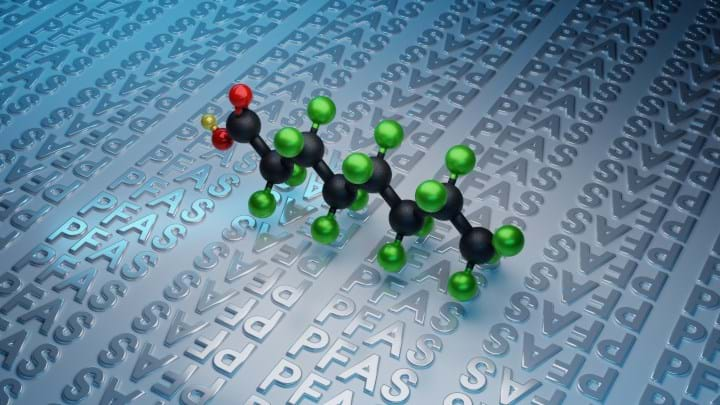US environmentalists call for ‘total ban’ on PFAS usage in response to new standard

THE LONG-AWAITED US standard for PFAS in drinking water has been met with a lukewarm response from experts and environmental bodies, who say there is still a “fundamental problem” with the industry legislation.
The US’ Environmental Protection Agency (EPA) has finalised the restrictions on two of the most studied PFAS, perfluorooctanoic acid (PFOA) and perfluorooctane sulfonic acid (PFOS).
The government body has set the maximum contaminant levels (MCLs) for these types, mostly found in groundwater, at 4 parts per trillion (ppt). This standard is lower than the EPA’s recommendation of 70 ppt in 2016, but higher than its 0.004 ppt estimate last year.
It has also set restrictions for “GenX chemicals” which include PFNA, PFHxS, PFBS, and HFPO-DA, with the mixture of two or more of these chemicals set to a MCL of 10 ppt.
A ban on all PFAS
Once a staple in the production of textiles and electronics, the toxicity of PFAS, known as “forever chemicals” because they do not break down in the environment, became widely known in the late 1990s.
The Public Employees for Environmental Responsibility (PEER) has come out against the new standards and has said though the regulations represent “a first step” in PFAS reduction, they underscore the huge regulatory task that the EPA faces in effectively preventing further contamination to water sources.
PEER said that the “fundamental problem” with the EPA’s approach is that it does not address the many PFAS with terminal end products that end up as PFOS and PFOA.
The organisation said: “These regulations allow industry to substitute new PFAS variations faster than the EPA can regulate them.”
It added: “The only viable way to prevent a multi-generational stain of PFAS contamination is to prevent its introduction in the first place, and that means a total ban on all, but essential PFAS uses.”
The US regulations are part of the EPA’s PFAS strategic roadmap, which aims to implement legislation by Q4 2024 that will reduce and even destroy PFAS contamination in water, air, and soil.
The final recommendations have come following engagement with water companies and state regulators to ensure effective implementation. Though the EPA acknowledged there is no safe level of ingestion for these two types of PFAS, it has set a further non-enforceable health-based MCL goal for them to zero.
Process technology not robust enough to meet current standards
Paul Stevenson, a chemical engineer with expertise in an adsorption separation technology called foam fractionation, said while the levels weren’t low enough for PEER, they still may prove almost impossible to adhere to. “I welcome the MCLs for some PFAS species,” he said. “However, there does not appear to be any quantitative basis for the limits, and they appear to be very low to me.”
PFAS currently exists in low concentrations in the environment, like groundwater, and process engineers want to concentrate it into the smallest possible volume of water before trying to remove it. Though there are other process technologies for concentrating PFAS, adsorption is the most promising technique to build out PFAS reduction on an industrial scale. Stevenson said that for the high volume of water that would need to be treated, foam fractionation is necessary. However, the technology is currently incapable of handling the volume that is required for these regulations.
“The MCLs are enforceable in the USA from 2029, and so the community has five years to develop continuous foam fractionation unit operations.”
Stevenson also questioned the US’ decision not to include the short-chain species of PFAS, PFBA, in the regulations. There is a growing body of evidence from UK industrial sites that PFBA is formed by degradation of longer species of PFAS.
He added: “Although possibly less toxic that C8-compounds, PFBA is more difficult to remove from water because its adsorption to surfaces is much less favourable.”
Recent Editions
Catch up on the latest news, views and jobs from The Chemical Engineer. Below are the four latest issues. View a wider selection of the archive from within the Magazine section of this site.




